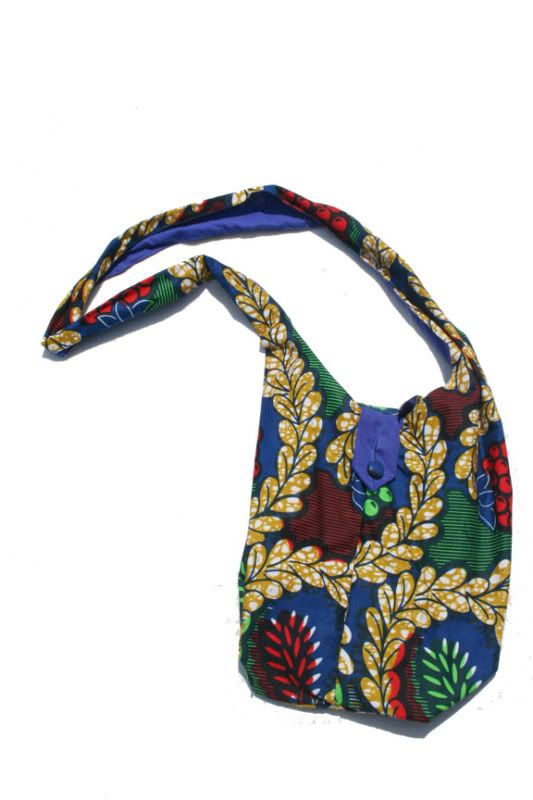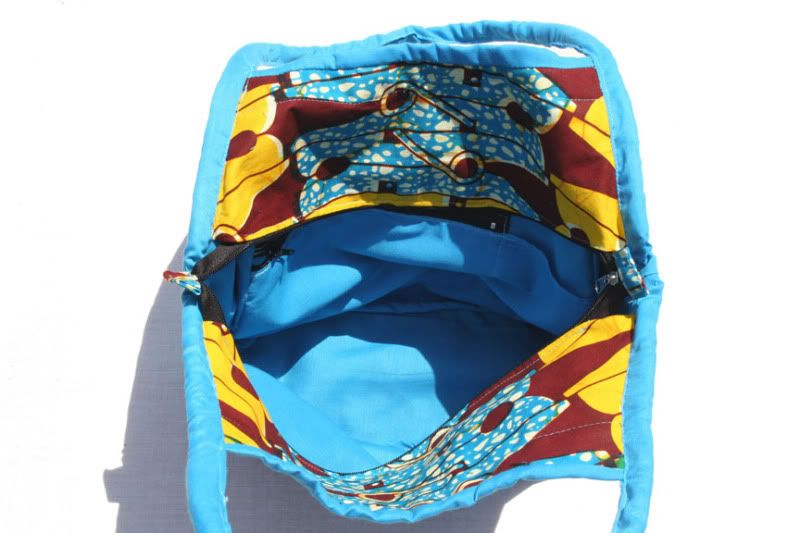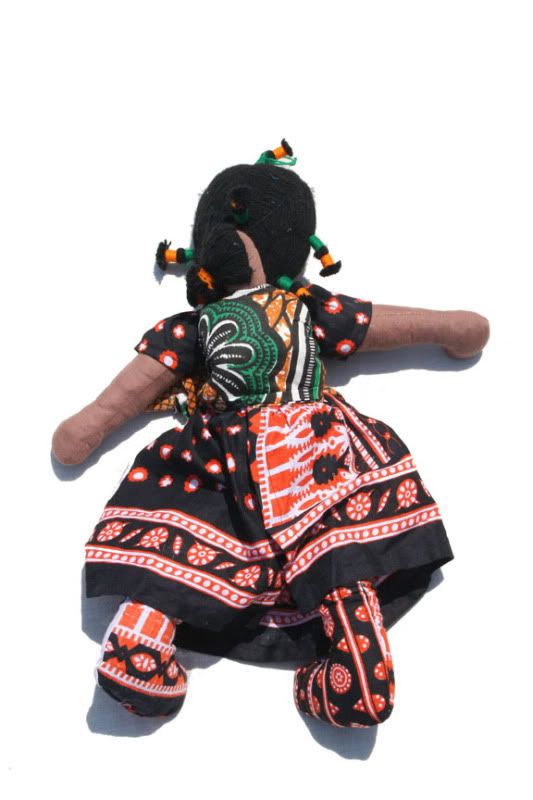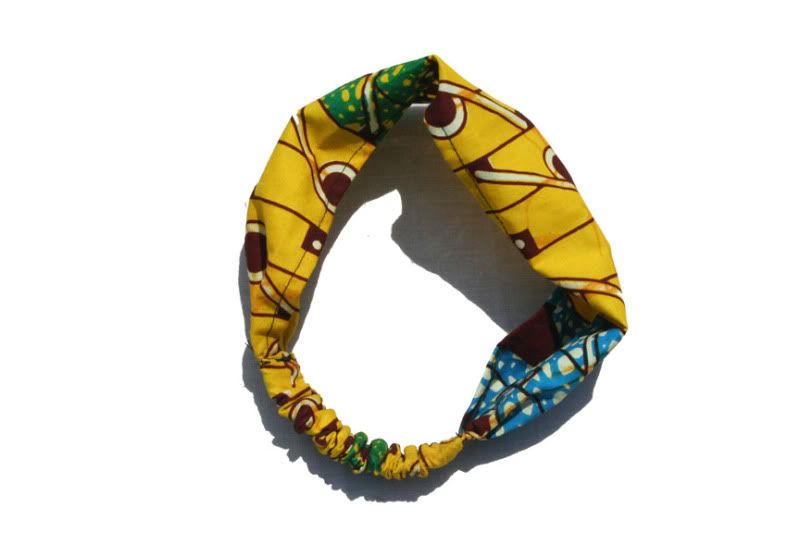This review first summarizes Winona Stevenson’s second chapter Colonialism and Nations Women in Canada First of her article Scratching the Surface: Canadian Anti-Racist Feminist Thought. In her article, Stevenson deconstructs the colonization of First Nations women through colonial agencies and their hegemonic subjugation of First Nations women, especially through the imposition of patriarchy. The summary follows Stevenson’s structure: “Chronology of Colonial Relations”, “Colonial Representations of First Nations Women”, “Female Resistance to Christian Conversion”, “Missionary and State Strategies and Collaboration”, and “The Statutory Subjugation of First Nations Women”. To conclude, I end with my thoughts on Stevenson’s statement regarding present colonialism. Stevenson does not expand on her statement: colonialism persists in the present day relationship between First Nations peoples and Canadian citizens, due to her chapter timeline.
Stevenson describes the colonial relationship with North American First Nations,distinct from colonization that took place in countries deemed as third-world today. The fourth-world, based on Stevenson’s definition, differs from the third-world as the indigenous peoples are the minority and disempowered on their own land (Stevenson:1 ). Furthermore, in the fourth-world, colonialism is distinguished from other forms of exploitation as it, “occurred in simultaneous, overlapping, and spatially distinct waves of different European imperial regimes” (Stevenson: 1). These regimes, established by both French and English colonial powers caused First Nations to, “suffer from a lack of political power, economic subjugation, and social and cultural stigmatization” (Stevenson:2).
The French, in the beginning, had no intention of colonization and merely saw the ‘New World’ as a profitable opportunity from extraction of primary goods. However, it was only a matter of time before French Domination. As a result, the fisheries gained importance and drew more fisherman: “soon temporary fish camps turned into permanent villages and inland agricultural settlements sprung up”(Stevenson:2). The French relationships with Aboriginal communities were dictated by economic profit. For example, as the Beothuk interacted with the Europeans and through resistance to the appropriation of their land, “Massacres, combined with starvation and newly introduced European diseases, quickly resulted in the extermination of the entire Beothuk nation” (Stevenson: 2).
It was through the vehicles of mercantilism and Roman Catholicism, the French would solidify its plan of colonization during the fur trade: First by securing Aboriginal Peoples as military allies through trade; second by granting merchants trade monopolies on the condition that some of their profits be used to help establish permanent colonies; and third by promoting interracial marriage as a means to create French nationals to populate its North American colonies (Stevenson: 3): To convert and to assimilate would bring First Nations into French Civility (Stevenson: 4).
The English, conversely used force from the beginning to appropriate Aboriginal land: manifest destiny ideology fueled the war (Stevenson: 4). This did not change until the English needed First Nations peoples to help them fight the French. Then, as the English expanded the fur Trade, the First Nations women became commodified for their labor and sexuality (rarely did a women benefit from this exchange) (Stevenson: 5). Furthermore, the English also tried to create a civilized Euro-Canadian settler population, when in fact they, “exacerbated already existing racial tensions”(Stevenson: 6).
The sexism Aboriginal women experienced through their colonial identities, was unlike that of European women, as it encompassed factors of race. However, this representation still encompassed the myth of feminity; the ideal domestic, docile woman (Stevenson: 8). European women were chaste and dependent on men, while, “Aboriginal women had considerable personal autonomy and independence — they controlled their own sexuality, had the right to divorce, and owned the products of their labour” (Stevenson: 7). As Aboriginal women challenged these euro-feminine ideals, they soon, “functioned as the single most important criterion for contrasting savagism with civility” (Stevenson: 6). From this, drew the binary stereotypes of Aboriginal women: the virginal Pocahontas who is susceptible to conversion, contrasted, with the haggard and toiling savage.
Aboriginal responses to colonialism were not uniform because of differing external factors, “from individual inclination to socioeconomic stress” (Stevenson: 13). The exclusion of women from participating in discussion and economic activity with European settlers, forced women to lose power in their society as their Aboriginal men adopted like mindsets (Stevenson: 10). The first step to converting the women was convincing the men “of the righteousness of the patriarchy”(Stevenson:11). This led to the destruction of polygamy, which meant many women would never be married and have the support of a family structure (Stevenson:11): the men had power and social importance to gain, while women were the most opposed to conversion as they had the most to lose (Stevenson: 13). “The most telling evidence of Aboriginal women's resistance to cultural transformation was their reluctance to send their daughters to mission schools” (Stevenson: 12). “Mission schools posed a threat to the socialization of their children and to the cultural integrity of the community” (Stevenson: 12). While studies of Aboriginal Women resistance may be few, they do demonstrate the development of “resistance tactics ranging from overt violence to covert symbolic acts” (Stevenson: 12). Ironically, women became the false but primary lens through which the fourth-world was portrayed: these victims needed to be saved through colonization.
Starting in 1850 on, colonial legislature, and later the Government of Canada, enforced patriarchy and coerce First Nations women to colonial standards of society (Stevenson: 15). “Through various Indian Acts, and amendments, First Nations women's autonomy in the areas of membership, marriage, divorce, and sexuality were undermined, along with female relations to land and family property, and political “decision-making” to encourage female dependency on male relatives (Stevenson: 22). By 1869 the definition of patrilineage gained importance in determining who was Indian and who was not. If men took a spouse of a different Band or Tribe or even from the European-settler population, she became apart of the Band or Tribe. Alternatively, a women who wished to stay with her Band or Tribe, was expected to marry within it, or lose her status (Stevenson: 16). The intent was to reduce the number of status Indians and further the dominance of the European patrilineage system (Stevenson: 17).
What I found interesting, and very poignant, was the statement that colonialism still takes place today (Stevenson: 1)1. Specifically, I thought beyond land-rights, to the abstract indigenous Intellectual Property Right (IPR) to traditional knowledge. Specifically, I was interested in IPR and its relationship to bioprospecting and, in popular culture, the ever present Moccasin trend. The question should not be whether Aboriginal Peoples should receive IPR, but rather how reciprocity should be enforced and appropriately handled. Unfortunately, this recognition and reciprocity from IPR(a Eurocentric idea in itself) means nothing when North-American First Nations Peoples, “continue struggling to protect their natural resources (lumber, minerals, and water), to protect their traditional ways of life from missionary incursions, currently in the form of Protestant fundamentalism; and to reclaim stolen lands and self-government jurisdictions”(Stevenson: 1).
Stevenson, Winona. 1999. Colonialism and First Nations Women in Canada. In E. Dua and A.
Robertson, eds. Scratching the Surface: Canadian Anti-Racist Feminist Thought. Toronto:
Women’s Press, pp. 49-80.





























































































